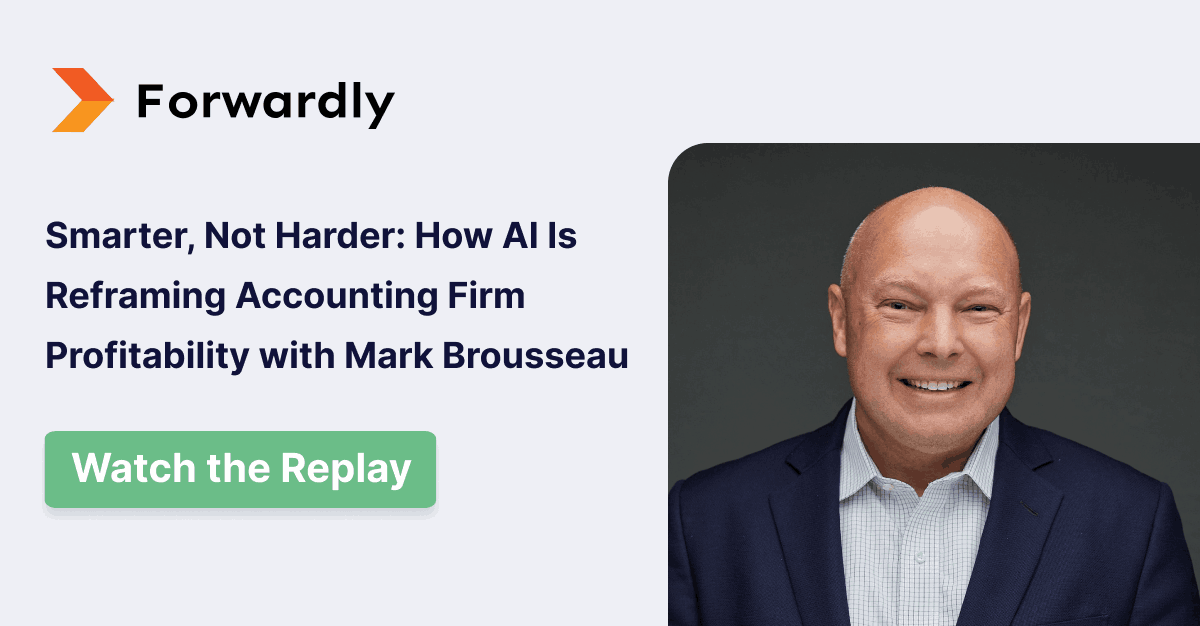Running a small business can be unpredictable, but financial forecasting helps bring some clarity to the chaos. By looking into historical data and market trends, entrepreneurs can chart a course toward sustainable success. For small businesses, financial planning acts as a blueprint for growth and resilience. By staying on top of your finances, you can not only survive but also find ways to grow and win in the competitive market.
The power of financial forecasting
Financial planning can guide your small business through the unpredictable terrain of the market. It uses historical data and current trends to predict future trajectories. By leveraging historical data and current trends, it equips you with sturdy armor to face whatever challenges may arise. I’ve been working with small businesses for over a decade, and I’ve seen time and time again that proactive financial forecasting offers a plethora of benefits, from managing cash flow to strategizing investments.
By anticipating income and expenses, you can maintain a healthy cash flow essential for sustaining operations. Not just this, but it also enables proactive risk management, identifying and mitigating potential financial pitfalls. This foresight also fuels strategic planning, empowering you to make informed decisions about expansion and staffing. But the power of forecasting doesn’t stop there. By regularly comparing forecasts with actual results, you can continuously monitor their performance and adjust strategies as needed. I cannot stress this enough—it is a dynamic process that ensures agility and resilience in the face of changing market conditions.
Understanding different forecasts
In financial planning, entrepreneurs can use various forecasting tools to steer their businesses. I have three types of forecasts for your small business that will serve a specific purpose and offer insights into different financial aspects. Sales forecasts predict future revenue by analyzing past sales, market trends and customer behavior. These forecasts can be created by gathering historical sales data, conducting market research and considering factors like seasonality and economic trends.
Cash flow forecasts estimate cash coming in and going out over time to maintain enough money on hand. This type of cash flow forecasting is one of my favorites, as it is crucial to the success and sustainability of any business. Cash flow problems cause 82% of business failures in the United States, so it’s crucial to stay on top of your cash flow management to avoid financial trouble.
You can make these forecasts by predicting sales, noting fixed and flexible expenses, and considering factors like payment terms and loan repayments. Some modern payment solutions offer tools for cash flow forecasting that sync with accounting software, making the process easier for you and providing real-time insights into cash flow.
Expense forecasts predict future spending on overhead costs and employee wages. You can easily create these forecasts by looking at past expenses, planning for upcoming projects and considering potential changes in costs.
Profit and loss forecasts evaluate financial health by estimating revenue, expenses and net income. To create these forecasts, analyze historical financial statements, estimate your future revenues and expenses, and adjust for changes in the business environment. Understanding how to create and interpret these forecasts is essential for developing a robust financial strategy and making informed decisions about the business’s future.
Strategies For Effective Financial Planning
When it comes to effective financial planning, I believe a close examination of your business’s past financial performance is essential. This is a must-do step for me. Reviewing your sales, expenses and profits from previous periods provides valuable insights into your business’s trends and patterns. This retrospective analysis lays the groundwork for making informed decisions and accurate predictions about your future finances.
From my experience, while it’s important to plan for the short term, it’s equally crucial to think ahead for the long term. When forecasting your finances, consider projecting your financial trajectory over an extended period, such as months or even years. By doing so, you can anticipate potential shifts in the market, identify growth opportunities and prepare for any challenges that may arise along the way.
In your financial forecasting process, it’s essential to consider both the best and worst-case scenarios. Envisioning the best possible outcomes helps you set ambitious yet achievable goals and objectives. However, it’s equally important to prepare for the worst by considering potential setbacks or downturns in sales. This balanced approach allows you to develop resilient strategies that can withstand various market conditions.
Understanding your expenses is key. Take the time to list out all your anticipated costs, including overhead expenses, employee salaries, inventory costs, marketing expenses and any other expenditures relevant to your business operations. This detailed breakdown helps you budget more effectively and ensures that you have a clear understanding of where your money is being allocated.
Along with your planned expenses, it’s important to prepare for unexpected costs that may arise. These could include emergency repairs, legal fees or other unforeseen expenses that could impact your bottom line. By building a buffer for unexpected expenses into your financial forecasts, you can better protect your business’s financial health and stability.
Lastly, remember to regularly review and update your financial forecasts. Market conditions and business circumstances can change rapidly, so it’s essential to revisit your forecasts regularly to ensure they remain accurate and relevant. By staying adaptable and responsive to changes in the business environment, you can make more informed decisions and take your business toward long-term success.
Originally published on Forbes.
 Back to Blog
Back to Blog

